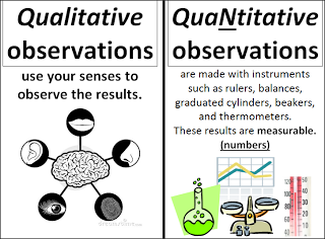Beginning to Science
Science Safety Rules
Wear enclosed leather shoes.
Wear safety glasses during a practical.
Tie long hair back during a practical.
Wear lab coats during a practical.
Do not eat or drink.
Tell a teacher when something is broken.
Be alert.
Clean the work area after a practical.
Lab equipment
A Bunsen burner is used to heat things quickly.
A test tube is used to hold small amounts of liquids and solids
. A tripod is used to support beakers and flasks so they can be heated by a Bunsen burner.
A ceramic or clay triangle sits on top of a tripod and is used to support crucible and evaporating dishes.
A wire gauze sits on top of a tripod to provide a flat base for beakers and flasks. A beaker is used to hold liquids and solids.
A retort stand is for clamps to attach to so they can hold other equipment such as test tubes and flasks.
A funnel is use to pour liquids into a container with a narrow opening. A conical flask is to hold liquids.
A boss head is attached to a retort stand so clamps can hold other equipment. A measuring cylinder is used to accurately measure the volume of liquids.
A mass balance/ weighing scale is used to accurately measure the mass of solids and liquids. Tongs are used to lift hot containers such as crucibles.
A crucible is used to contain substances so they can be heated at high temperatures. An evaporating dish is used to evaporate excess liquids.
A test tube holder holds test tubes especially when being heated or hot. A watch glass can be used as a surface to evaporate a liquid, to hold solids while being weighed, for heating a small amount of substance and as a cover for a beaker.
A test tube rack is used to hold test tubes
Symbols

Observatons

An inference is a conclusion that you reach after an observation. It is what you think or decide about something that you have observed. Inferences involve drawing conclusions in order to assign meaning to what was observed. Inferences are based on other information beyond just the observation, such as context clues, past experience, or other factors.
Variables
Independent Variable: the one variable that the scientist changes to observe its effect on another variable.
The dependent variables are the things that the scientist focuses his or her observations on to see how they respond to the change made to the independent variable. In our dog example, the dependent variable is how much the dogs eat.
Controlled variables are quantities that a scientist wants to remain constant, and she or he must observe them as carefully as the dependent variables.
A fair test is a test that controls all but one variable when attempting to answer a scientific question. Only changing one variable allows the person conducting the test to know that no other variable has affected the results of the test.